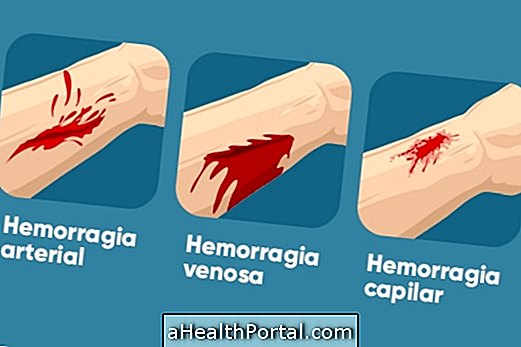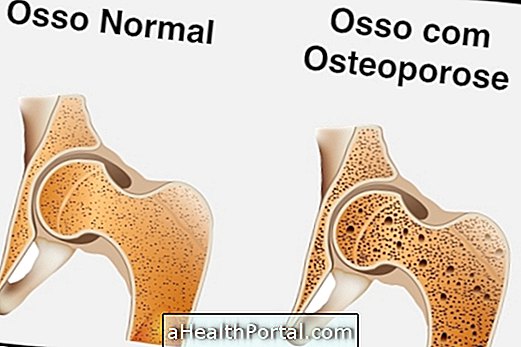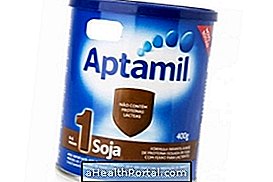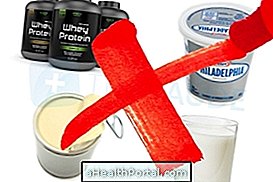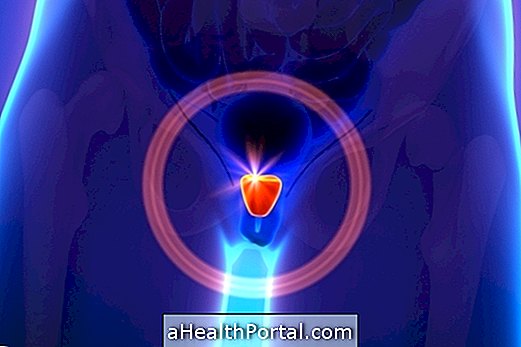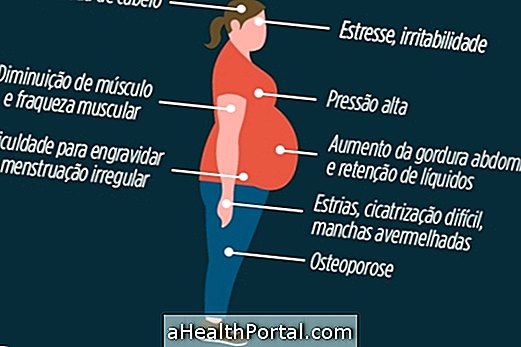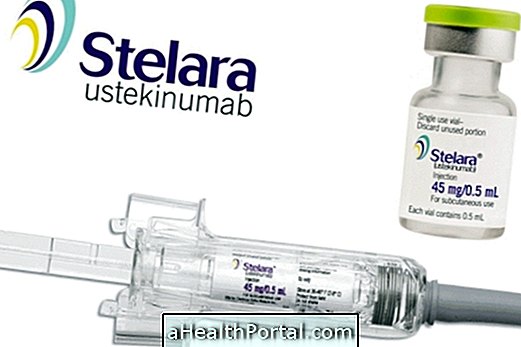The drug-eluting stent is a spring-like device coated with anti-inflammatory and immunosuppressive drugs that serves to unclog the arteries of the heart, brain, or even the kidneys.
They differ from conventional stents because of the presence of medications in their structures. These medications are released within the first 12 months of implantation, in order to decrease the chance of the vessel closing again. In the conventional ones, which present only the metallic structure, without medication, there is a greater risk that, in the first 12 months of implantation, the vessel closes again.
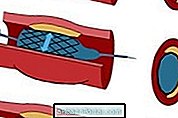
Click on the image to enlarge.
Pharmacological stent angioplasty
In stent angioplasty, the stent is introduced into the artery which is clogged through a catheter and acts as a frame, which pushes the fat plates that block the artery, preventing the passage of blood, and "holds" the walls of the artery so that it remains open, allowing better blood flow. These stents also act by slowly releasing immunosuppressive medications that decrease the chance of new vessel closure.
Indications of drug-eluting stent
The pharmacological stent is indicated for the clearing of arteries, provided they are not very tortuous nor are they very close to a bifurcation, where 1 artery is subdivided into 2.
Because of their high cost, drug-eluting stents are reserved for patients at high risk of re-closure of the vessel, such as diabetic patients, extensive lesions, need for placement of many stents, among others.
Pharmacological stent price
The price of the pharmacological stent is approximately 12 thousand reais, but in some cities in Brazil, it can be funded by SUS.
Advantages of pharmacological stent
One of the advantages of a drug-eluting stent over traditional stenting (made of metal) is the release of medication in order to decrease the chance of further stenosis or closure of the vessel.




